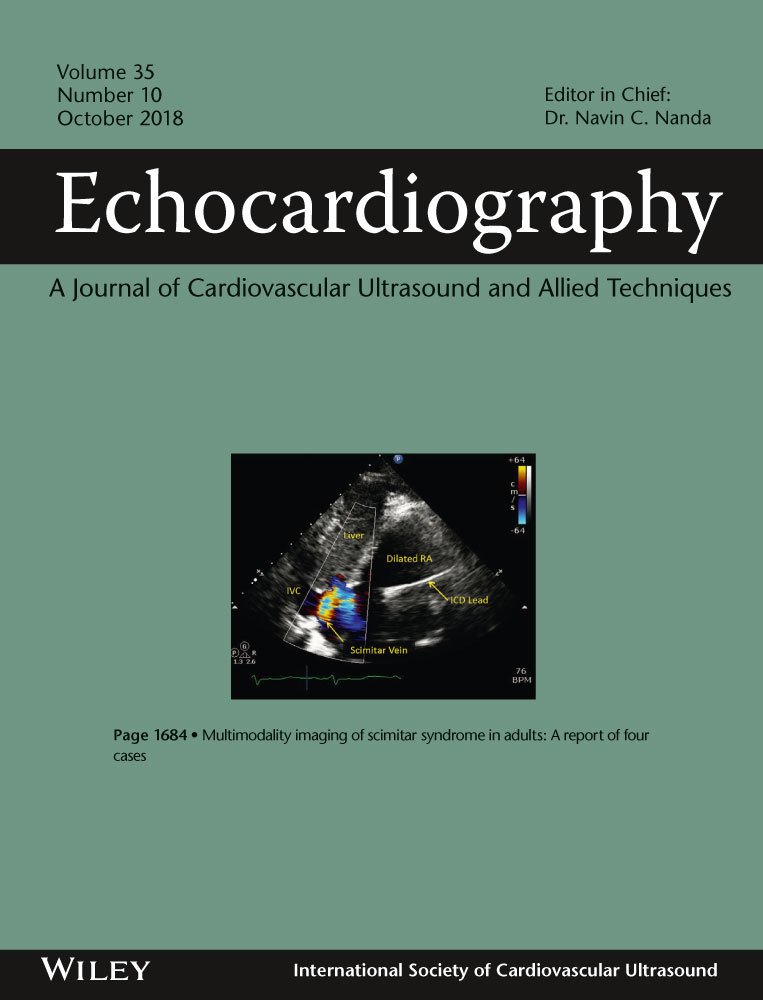Immediate impact of percutaneous transvenous mitral commisurotomy on right ventricle longitudinal strain in patients of mitral stenosis
Abstract
Background
Right ventricular (RV) function has prognostic value in terms of survival and symptoms in patients with mitral stenosis (MS). The aim of the study was to assess RV function by strain analysis in the patients of mitral stenosis and the effect of percutaneous transvenous mitral commisurotomy (PTMC) on it.
Methods
Eighty patients of severe mitral stenosis without overt right heart failure and normal sinus rhythm undergoing PTMC were included. Conventional echocardiography and RV function by TDI-derived longitudinal strain and strain rate were assessed prior and 24 hours post PTMC and compared with 40 healthy age-matched controls.
Results
Eighty subjects (mean age 31 + 10 years, 70% females) were included. Patients with MS had significantly lower RV strain of basal and mid-free wall, tricuspid annular plane systolic excursion (TAPSE), and RV fractional area change (FAC) as compared to controls. There was a significant increase in pre- and post-PTMC in TAPSE (19.5 ± 2.7 mm vs 21.4 ± 3.3 mm; P < 0.001), RV basal free wall longitudinal strain (−24.4 + 6.1% vs −27.7 + 5.8%; P < 0.001), and right ventricle mid-free wall longitudinal strain (−25.6 + 5.5% vs −28.6 + 5.1%; P < 0.001), respectively. There was no significant change in RV Tei index (0.43 + 0.06 vs 0.41 + 0.03; P = 0.06). There was a significant negative correlation between RV longitudinal strain and right ventricle systolic pressure, left atrium diameter, RV Tei index, and pulmonary capillary wedge pressure, and positive correlation between RV FAC and RV TAPSE.
Conclusion
Patients with severe MS with normal RV systolic function had decreased RV strain, which was significantly increased after a successful PTMC with reduction in afterload.




